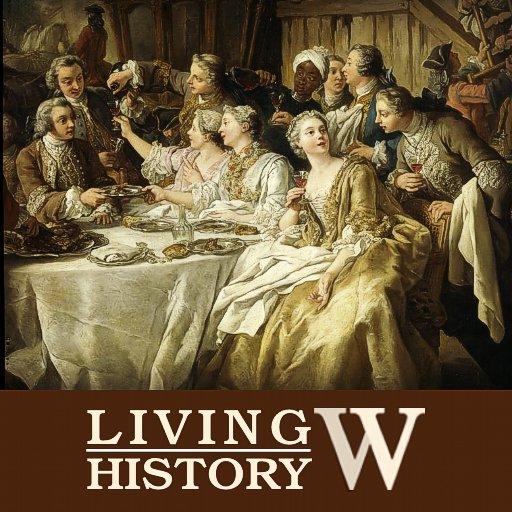Archeologists may have solved mystery of the 'Lost Colony'
Two separate teams of archeologists claim they have unveiled objects that may be traced back to the first English colony in the New World.
AUGUST 11, 2015
In 1587, a group of 115 men, women, and children made the first attempt to found a permanent English colony in the New World. Led by Englishman John White, the group settled on Roanoke Island off the coast of North Carolina.
Later that year, Mr. White made a trip to England for more supplies, but when he returned some three years later, he found the colony abandoned and looted. The only clues of the missing settlers were the word Croatoan carved on a post and the letters CRO etched into a tree trunk.
Since then, archaeologists, explorers and historians have been trying to uncover the mystery of this Lost Colony, but have found very few answers - until now.
Two separate teams of archeologists claim they have discovered evidence that suggests the lost colonists may have divided into two factions and moved inland, each assimilating into a different Native American community, National Geographic reports.
One team has been excavating at a site on Hatteras Island called Cape Creek, about 50 miles southeast of the Roanoke Island settlement, where they found several European objects that can be traced back to the colonists.
The evidence is that they assimilated with the Native Americans but kept their goods, Mark Horton, an archaeologist at Britains Bristol University who heads the excavation on Hatteras, told National Geographic.
Mr. Hortons team came across a particularly peculiar item at the Cape Creek site: a small piece of slate that was used as a writing tablet, along with a lead pencil, similar to a larger slate found at Jamestown earlier. The slate bears a small letter M, a clue that suggests it had been owned by someone who could read or write, Horton says.
This wasnt useful for trade, but was owned by an educated European, he adds.
While Hortons team was digging up these telling discoveries, another group was excavating on the mainland about 50 miles to the northwest of the lost colony, in a location dubbed Site X .
Nick Luccketti of First Colony Foundation says he believes his team of archeologists discovered pottery made of English material called Border ware, which ceased to be imported to the new world at the beginning of the 17th century, along with other items that may have been used by the lost colonists, the New York Times reports.
Mr. Lucketti and others from his foundation have been excavating since 2012, after The British Museum unveiled hidden markings on a watercolor map drawn by White, the English settler. A tiny four-pointed star led Luckettis team to Site X, and their latest discoveries are consistent with earlier research on the lost settlers.
The First Colony Foundation has submitted the evidence for peer review, but will reveal the findings on Tuesday in Chapel Hill, N.C., along with a theory that at least some of the colonists had in fact moved to Site X.
Both teams and other experts have emphasized that these discoveries cant confirm the fate of the settlers. European goods dont equate to European settlers, says Brett Riggs, an archaeologist at the University of North Carolina at Chapel Hill who is not involved with the excavations.
Anything of utility [the Native Americans] took back to their homes, he says. They would vacuum it all up.
While archeologists still have a long way to go to uncover the mystery of the lost colony, the latest evidence will turn their efforts away from Roanoke Island, where researchers have found very little evidence of the early European settlers.
We need to know more, says Eric Klingelhofer, a history professor at Georgias Mercer University and vice president for research at the First Colony Foundation. This whole story is a blank a blank page, a blank chapter of history, and I think archaeology is the only way to come up with answers.
updated by @leopoldina: 06 Oct 2016 06:36:10AM




